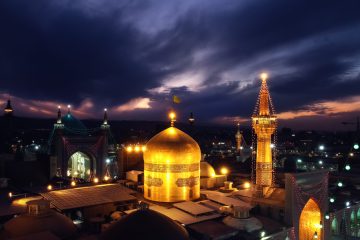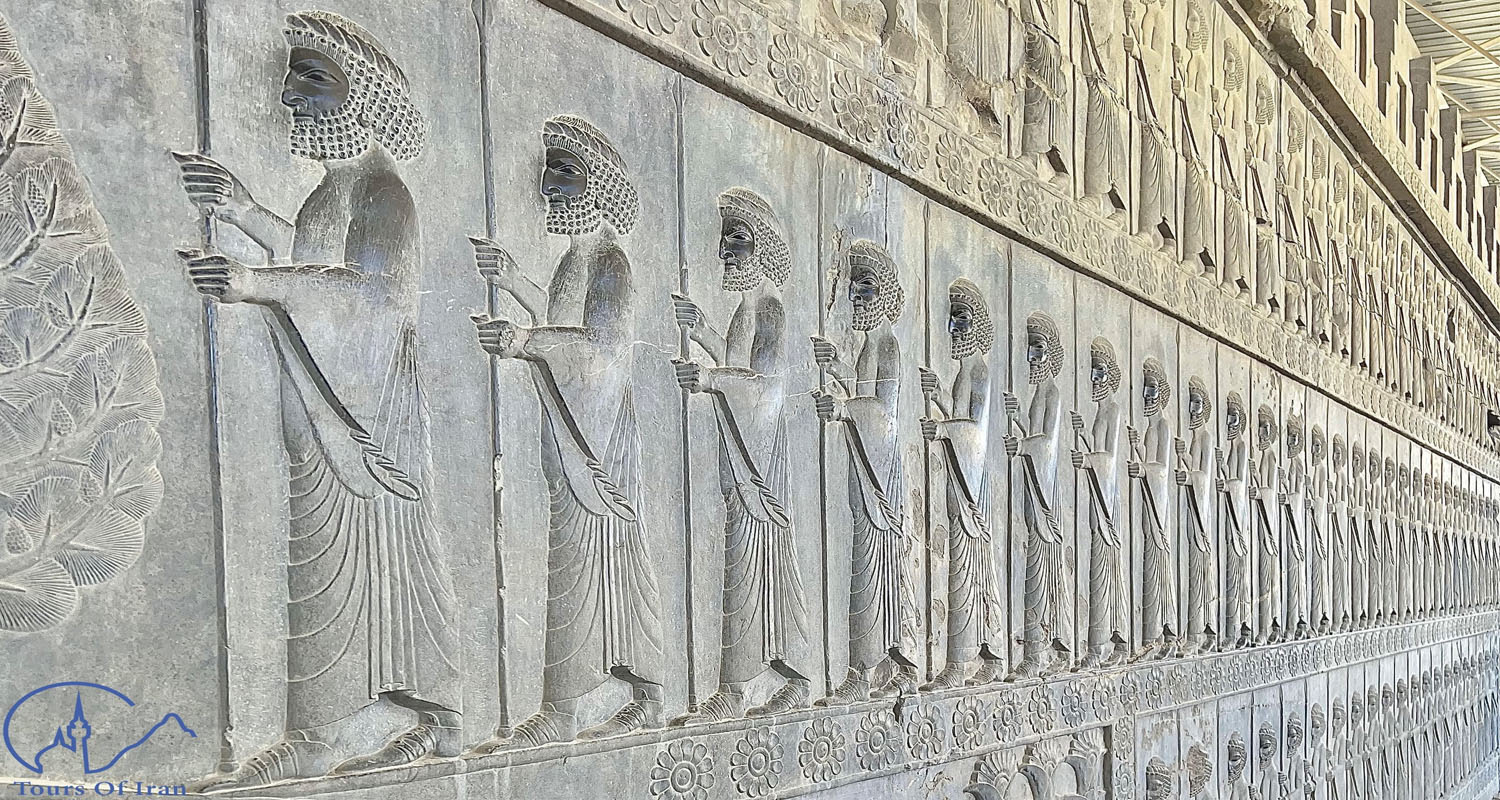
Where is Persia?
1. Introduction
Transitioning from Persia to Iran
Are Persia and Iran different? No, they’re the same. The names reflect the same place and culture throughout history. “Iran” and “Persia” mean the same, showing the lasting identity of this ancient land.
The idea that “Persia” and “Iran” are separate arises from history. In 1935, Reza Shah Pahlavi suggested the League of Nations use “Iran” instead of “Persia” to affirm our cultural identity. Essentially, both terms represent the interconnected strands of a civilization with a lasting history.

2. Ancient Persia: Achaemenid Empire
Ancient Persia, home to the Achaemenid, Parthian, and Sassanid Empires, stands as a lasting and remarkable civilization of antiquity. Notably, it was the sole nation that could match Rome during its peak.
Achaemenid Empire: Pioneers of Ancient Global Dominance
The Achaemenid Empire, spanning from Egypt to India and the Himalayas to the Sahara, was the first-ever world empire, shaped by visionary leaders Cyrus II and Darius I.
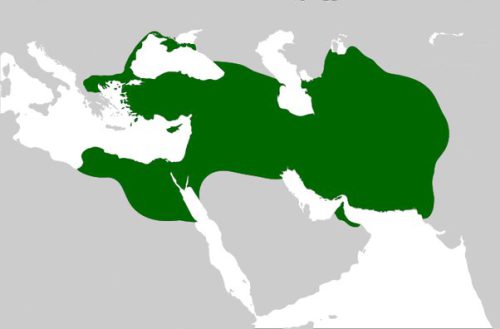
Cyrus II’s Conquests
Cyrus II, the empire’s founder, annexed Media, defeated Lydia, and expanded eastward, incorporating regions like Carmania, Gedrosia, and Sistan. His son, Cambyses II, conquered Cyprus and Egypt.
Darius I’s Challenges
Darius I faced challenges, suppressing revolts and expanding influence in India and against the Scythians. Attempts to conquer Greek city-states failed under both Darius and Xerxes, marking the end of Persian expansion.
Administrative Ingenuity
The Achaemenids introduced Satrapies, administrative units with local governance, ensuring stability. Their focus on infrastructure included the Royal Roads, connecting cities for efficient communication and trade.
Royal Court Dynamics and Decline
Distinctive royal court dynamics included the prominence of the king’s mother and wife. Despite the grandeur, the empire faced decline, with satraps seeking independence and provinces revolting. Alexander the Great’s conquest in 334 BC led to its swift demise.
Legacy
The Achaemenid Empire’s legacy endures through pioneering administrative strategies, expansive infrastructure, and the challenges that ultimately led to its downfall.
3. Parthian Empire: Enigmatic Dynasty
Rise from the Ashes: A Post-Alexander Era
Emerging from the shadows of Alexander’s conquest, the Parthian Empire, founded by the Parni tribe, endured for nearly 500 years, becoming a formidable force rivaling Rome. Despite limited historical records, the Parthians left an indelible mark on the annals of ancient empires.
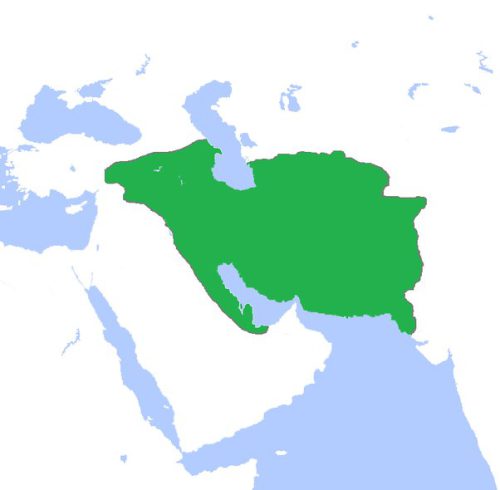
Gradual Ascent to Dominance
The Parthians’ ascendancy unfolded gradually, with Arsaces laying the foundation in 247 BC. What began as control over northern territories expanded under Arsaces II and set the stage for Mithridates I’s transformative era of expansion.
Architect of Expansion: Mithridates I
Mithridates I played a pivotal role, in expanding Parthia westward, conquering Media, and establishing dominance over Mesopotamia. Under his rule, Parthia evolved from a modest kingdom into a formidable imperial contender.
Consolidating Imperial Power: Mithridates II
Mithridates II’s reign (124/3–88/7) further solidified Parthia’s status as an imperial power. Recognition from the distant Chinese empire and control over Armenia showcased Parthian might, with the Euphrates River serving as the boundary against Rome.
Clash of Titans: Rome vs. Parthia
The Battle of Carrhae in 53 BC epitomized the intense rivalry between Rome and Parthia. The Parthian cavalry’s triumph over Crassus’s Roman legions marked a significant moment, altering the power dynamics between the two empires.
Ongoing Rivalry and Administrative Complexity
Despite subsequent Roman campaigns, Parthia stood resilient. The administrative structure, divided into upper and lower kingdoms, showcased a complex tapestry. The Parthian King, titled ‘King of Kings,’ maintained a symbiotic relationship with client kingdoms, fostering mutual benefits and collective growth.
Legacy of an Enigmatic Empire
the Parthian Empire’s legacy is one of gradual ascent, imperial rivalries, and a complex political tapestry. The enigmatic dynasty continues to captivate historians and enthusiasts alike, leaving an indelible mark on the canvas of ancient empires.
4. Sassanid Empire: Ancient Persian Dominance
The Sassanid Empire, a paramount force in ancient Persian history, emerged in 224 AD, shaping the course of civilizations until 651 AD. A formidable rival to Byzantium, the Sassanids left an indelible mark through conquests, triumphs, and a distinct societal structure.
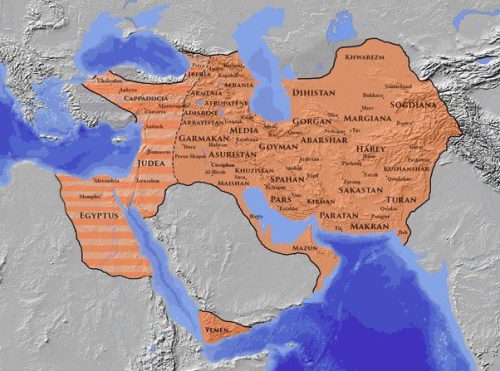
Rise of a King: Ardashir I
Ardashir I, ascending in 224 AD, founded the Sassanian Dynasty, earning the title ‘King of Kings.’ Facing challenges in the West, he secured his rule, launching campaigns in Mesopotamia and capitalizing on Roman difficulties.
Conquests and Triumphs: Shapur I
Shapur I continued expansion, achieving victories at the Battle of Misiche in 244 and capturing Emperor Valerian in 260. Despite internal struggles, the Sassanids maintained dominance under Shapur I’s rule.
Zenith of Power: Khosrow I
Under Khosrow I, the empire reached its zenith, sacking Antioch and defeating the Hephtalites. Victories along the Oxus River solidified Sassanid influence, showcasing the empire’s strength.
Unprecedented Expansion: Khosrow II
Khosrow II orchestrated extensive expansion, capturing Syria-Palestine and Egypt between 590 and 628. Notably, Chalcedon fell to Persian forces, marking a high point for the Sassanid Empire.
Heraclius’ Counteroffensive and Decline
Roman Emperor Heraclius’ counteroffensive in 627 marked a turning point. Arab invasions, coupled with the death of Yazdgird III in 651, led to the collapse of the weakened Sassanid dynasty.
Sociopolitical Structure and Prosperity
Governed by kings and satraps, the Sassanids retained a political structure mirroring their predecessors. Polygamy, hierarchical titles for queens, and economic prosperity through the Silk Road trade and agriculture were key societal elements.
The Sassanid Empire’s legacy, defined by conquests, triumphs, and societal structures, stands as a testament to ancient Persian civilization’s enduring impact on history.




